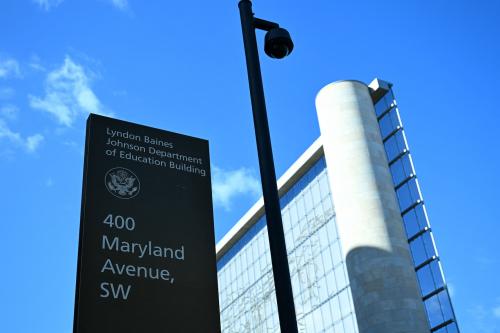ABSTRACT
Although the federal government dedicated nearly $40 billion to funding student loans in 2006, only 60 percent of potential students from low-income families attend college, compared with 90 percent from high-income families. This paper argues that enrollment rates are lower than they could be because potential students undervalue loan subsidies, which are delivered after graduation instead of up front when a student enrolls and incurs costs. The behavioral economics concept of myopic loss aversion suggests that accelerating loan subsidies to the time of enrollment would increase their effectiveness as an incentive to enroll. Empirical studies also find a larger response to up-front subsidies such as grants than to delayed subsidies delivered after graduation such as loan forgiveness. Eliminating interest rate subsidies from student loans, which cost 12 cents on the dollar for loans issued in 2006 and works out to approximately $950 per borrower, is a revenue-neutral means of funding up-front subsidies. Accelerating the subsidy would make higher education spending more efficient by encouraging more students on the financial margin to enroll. Allocating the subsidy on a need-only basis would deliver, on average, a $4,800 up-front lump-sum subsidy to students from low-income families, increasing the enrollment rate among low-income students from 60 percent to almost 70 percent.
The Brookings Institution is committed to quality, independence, and impact.
We are supported by a diverse array of funders. In line with our values and policies, each Brookings publication represents the sole views of its author(s).


